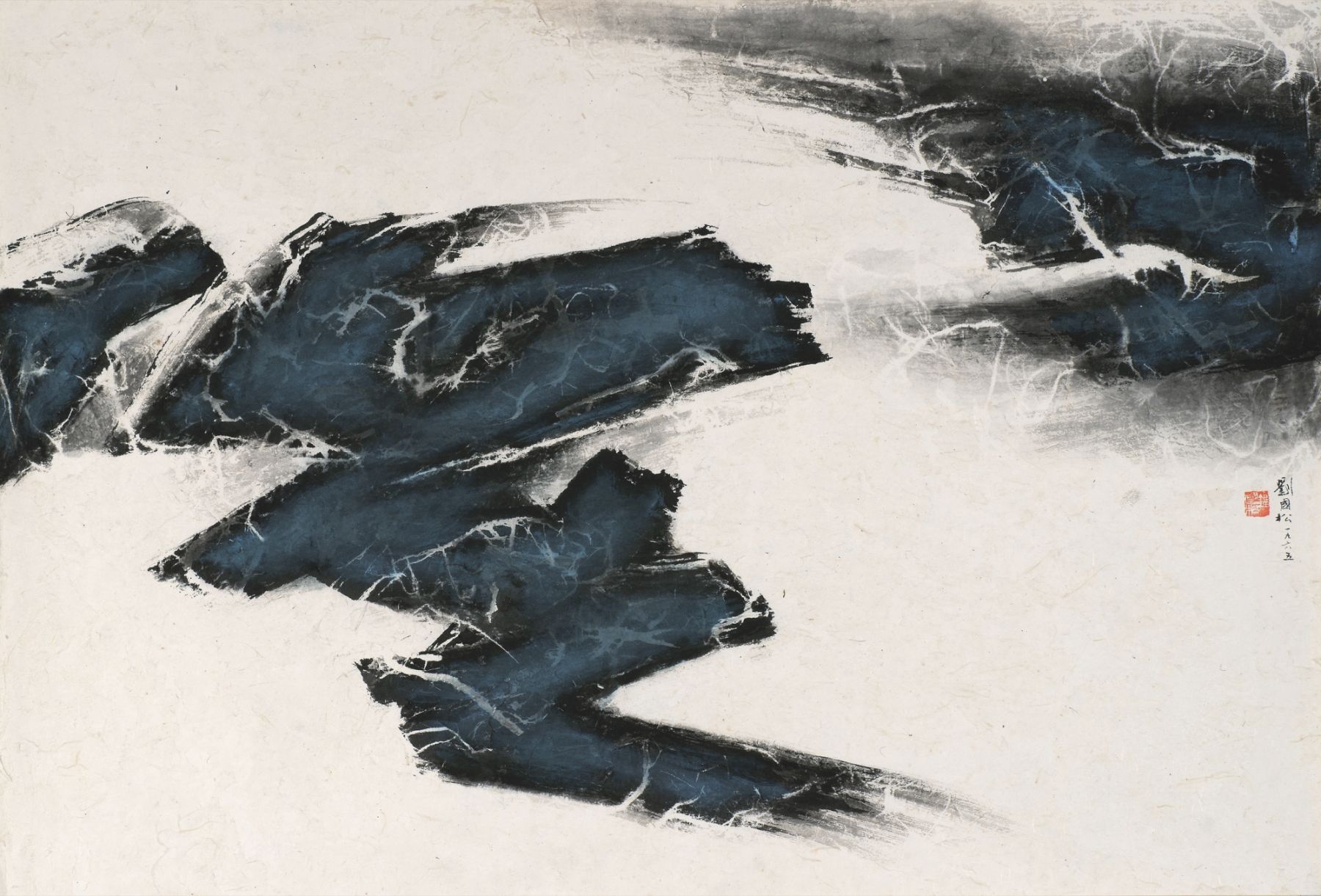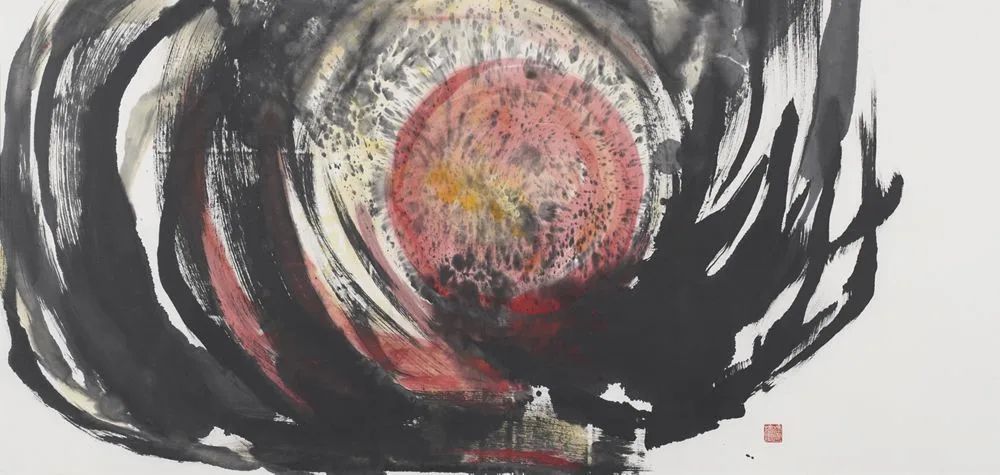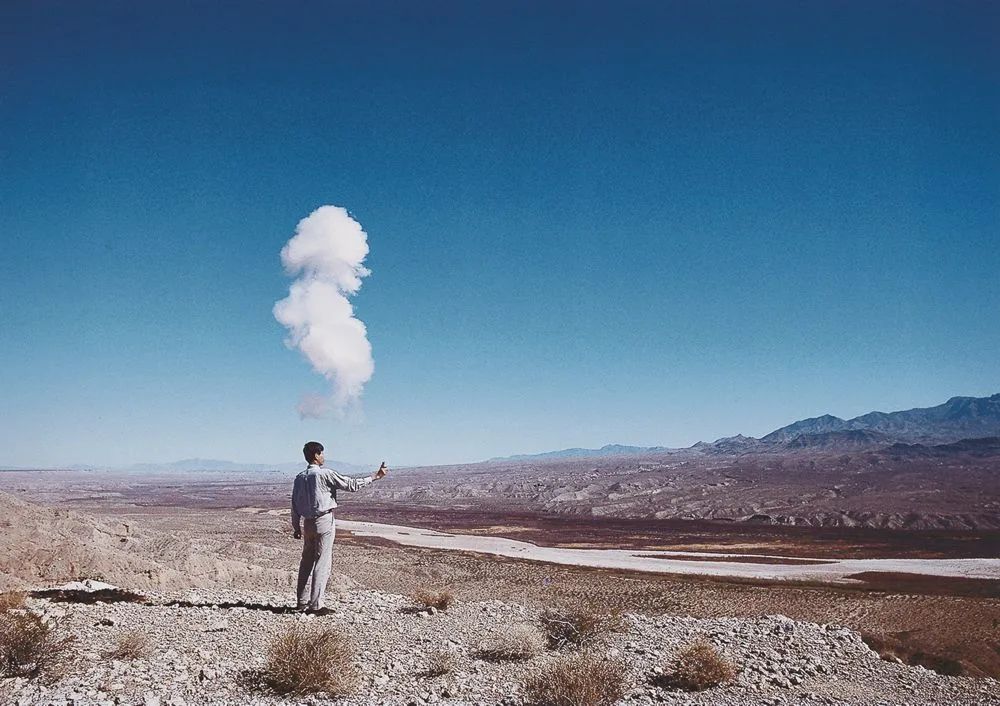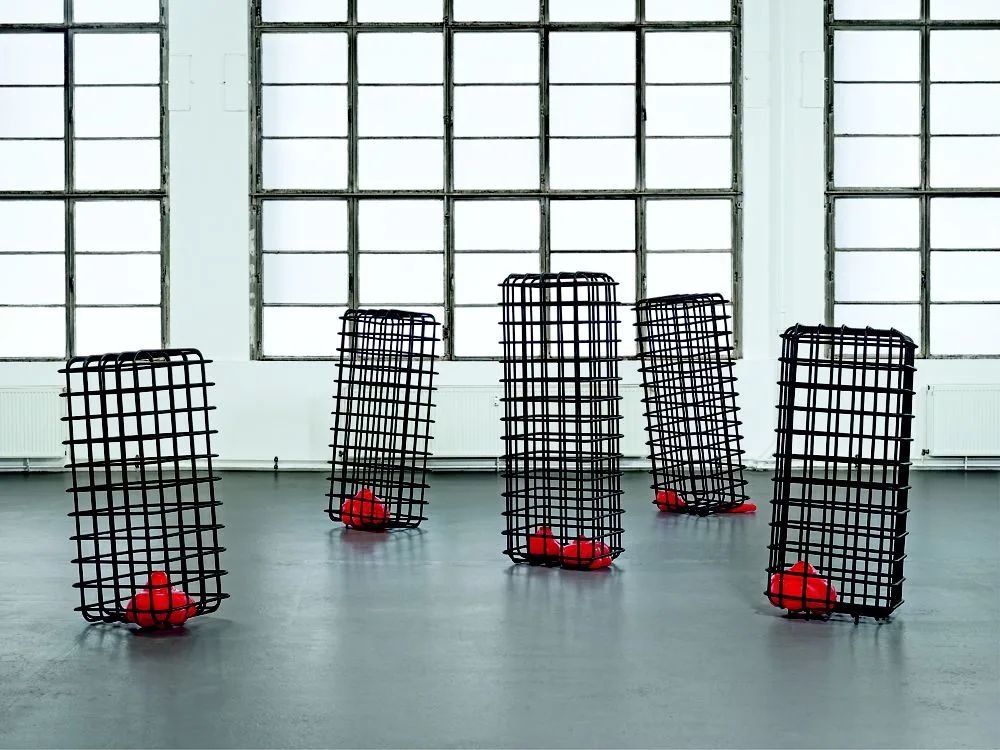Ahead of the museum's grand opening on November 12, Pauline J Yao, lead curator of visual art at M+, explains why Hong Kong's new museum of visual culture is a “game changer”
Pauline J Yao is the lead curator of visual art at M+, Hong Kong’s sprawling new museum that will open to the public on November 12, but she is keen to emphasise that art is only one part of M+’s broad mission. “We are not simply an art museum,” she says. “Rather our mission encompasses a variety of disciplines and materials extending from art to design, architecture and moving image.”
Yao has curated Individuals, Networks, Expressions, one of M+’s six inaugural exhibitions. The show is an expansive look at how art has developed from the 1950s to the present day, particularly within Asia and in relation to the rise of Asia on the global stage. Below, Yao discusses what makes M+ unique and reveals some of her favourite artworks in M+’s collections.
See also: Exclusive: Inside Hong Kong's New M+ Museum—Asia's Answer To Tate Modern And MoMA

M+ is committed to telling stories from an Asian perspective, or from the perspective of Asia, and collecting and exhibiting work from around the region. Why is this so important, on both a local level and a global level?
It’s important most of all because it is something that has never been done before, at least not systematically and not by any other institution in East Asia. Most of the time, when people hear the term “art history” they immediately think of western art, and when they hear “Asian art history” they tend to associate that with classical or pre-modern time periods. We want to tell stories of art that emerge from our place in Asia and that are in dialogue with our current moment.
For local audiences, this may be the first time they are able to see artistic developments in their own region and in doing so they can better understand how Hong Kong fits into a wider context. On a global level, telling stories from a perspective in Asia is part of a larger process of re-centring—that is, moving away from Euro-American narratives and placing the identities and histories of Asia at the forefront. We are now experiencing major shifts and re-alignments in the global world order as we enter into the Pacific Century, whereby economies will be dominated by countries in the Asia-Pacific region. If we subscribe to this thinking, then telling the stories of art and culture from an Asian perspective will become increasingly important in the future too.




